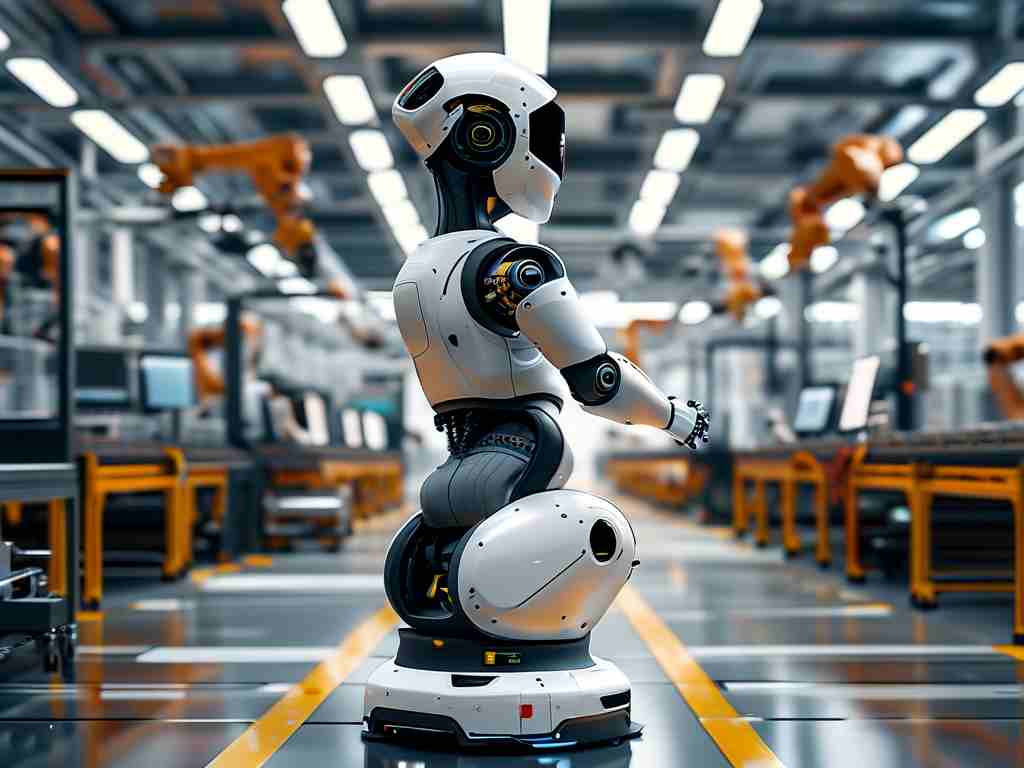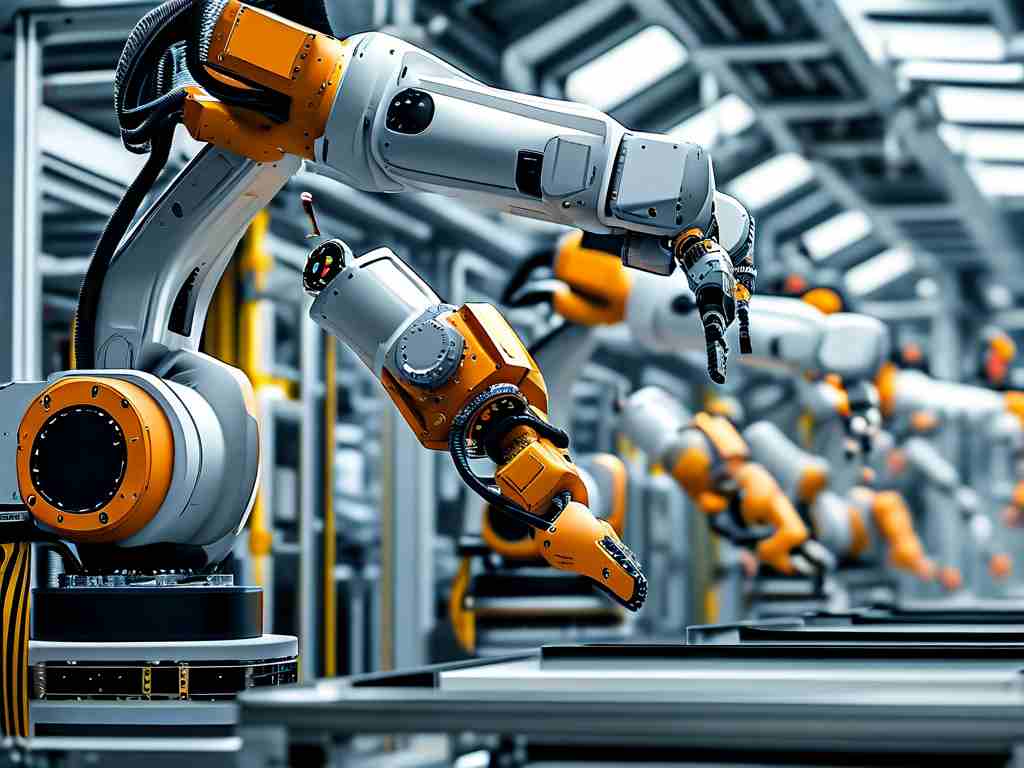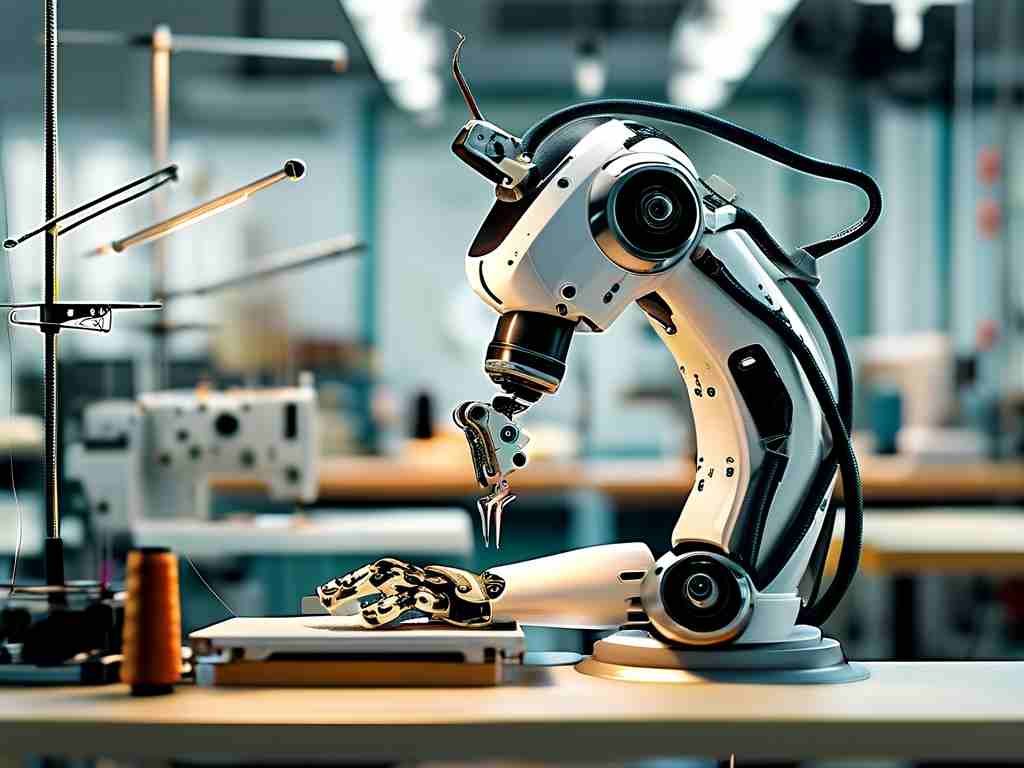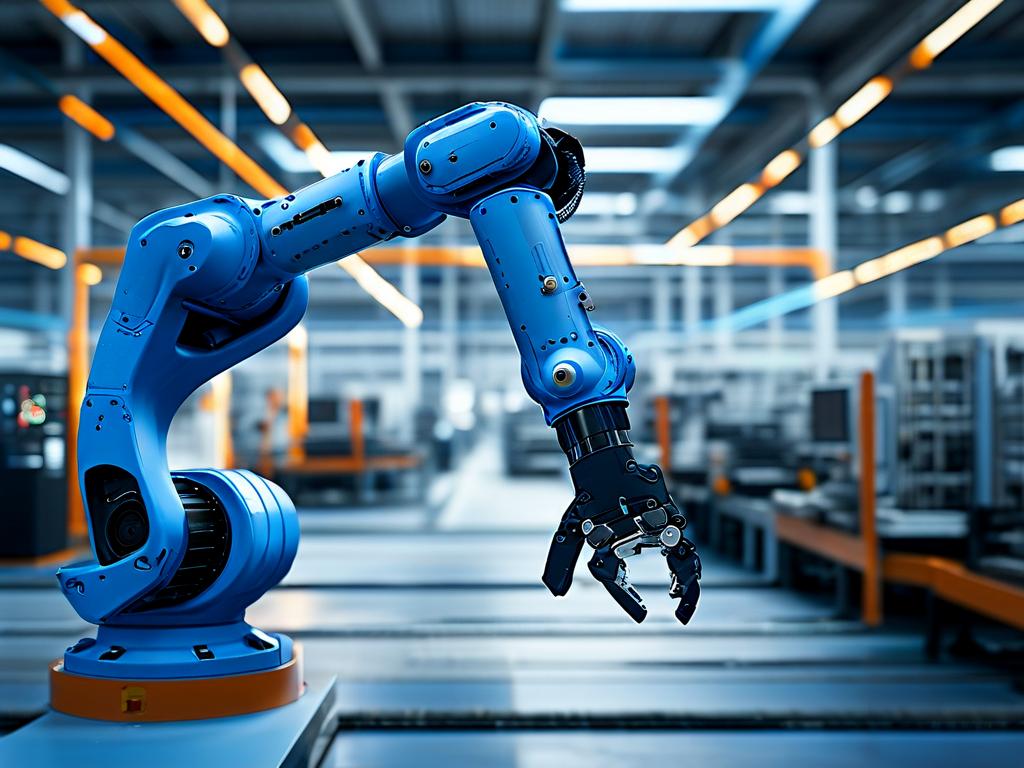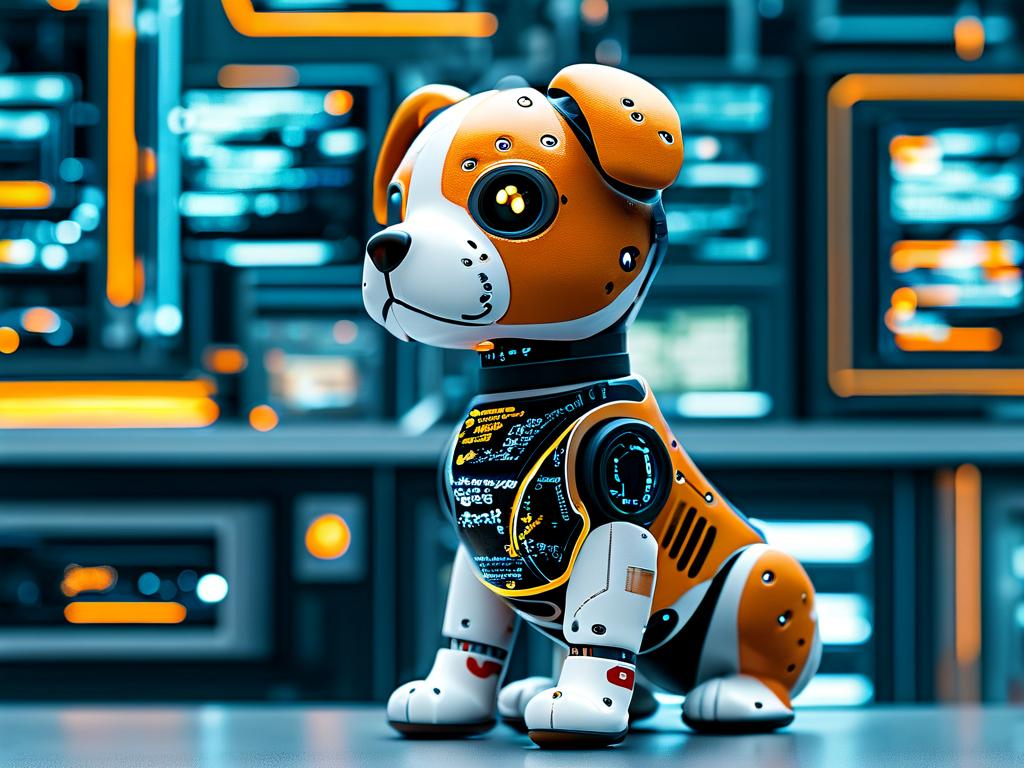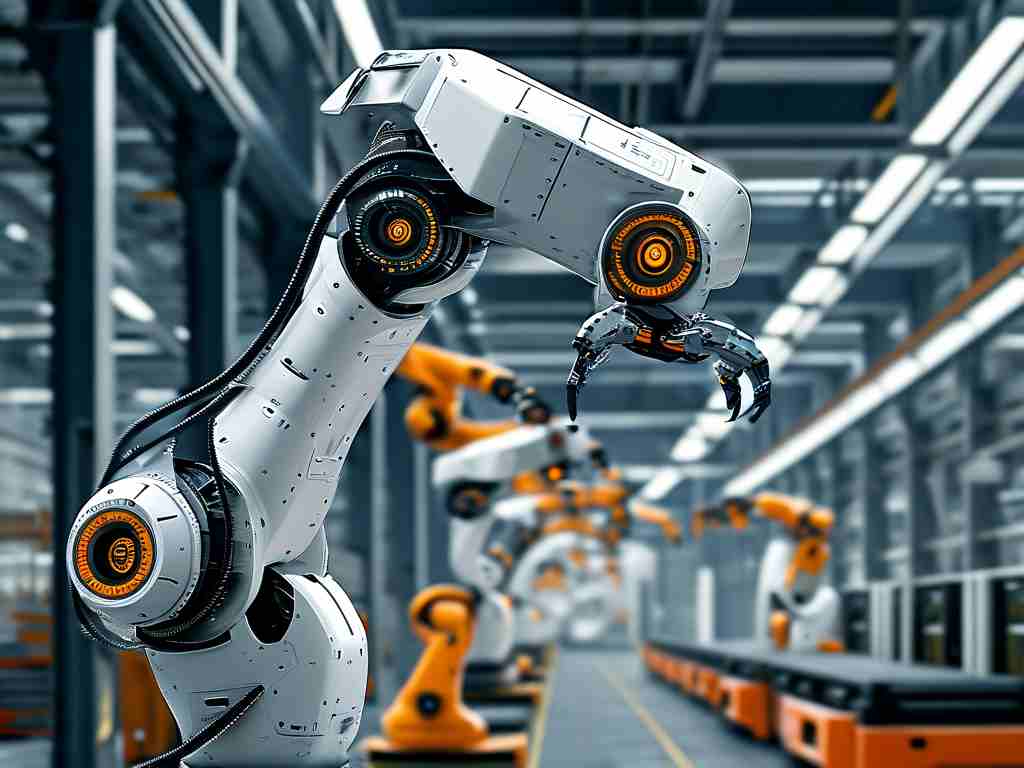The integration of robotics into live streaming platforms has revolutionized how content is created, delivered, and consumed. This article delves into the technical foundations, applications, and future implications of robotic live streaming technology, offering insights into its transformative potential.

Core Components of Robotic Live Streaming
At its core, robotic live streaming relies on three key elements: autonomous camera systems, artificial intelligence (AI)-driven interaction engines, and real-time data processing. Autonomous cameras, equipped with advanced sensors and servo motors, enable dynamic framing and tracking without human intervention. For instance, these systems use facial recognition algorithms to follow subjects seamlessly, adjusting zoom levels and angles based on predefined parameters or real-time audience feedback.
AI-driven interaction engines form the backbone of audience engagement. These systems analyze chat messages, emotes, and viewer behavior to generate context-aware responses. A notable example is the use of natural language processing (NLP) to simulate human-like interactions, such as answering FAQs or moderating discussions. Code snippets like the following illustrate a simplified version of sentiment analysis used in such engines:
from transformers import pipeline
sentiment_analyzer = pipeline("sentiment-analysis")
response = sentiment_analyzer("This stream is amazing!")
print(response) # Output: [{'label': 'POSITIVE', 'score': 0.9998}]
Real-time data processing ensures minimal latency, a critical factor in live streaming. Robotic systems leverage edge computing to handle tasks like video encoding and analytics locally, reducing reliance on centralized servers. This approach not only speeds up data transmission but also enhances reliability in low-bandwidth environments.
Applications Across Industries
Robotic live streaming is not limited to entertainment. In education, universities deploy automated lecture-capture systems that track professors across classrooms, stream content to remote students, and even generate subtitles in multiple languages. E-commerce platforms utilize AI hosts to demonstrate products 24/7, answering customer queries via integrated chatbots.
In healthcare, robotic streaming aids telemedicine by enabling surgeons to broadcast procedures to trainees globally. These systems often incorporate augmented reality (AR) overlays to highlight anatomical structures or instrument trajectories. Similarly, disaster response teams use drones with live-streaming capabilities to relay real-time footage from hazardous zones, improving situational awareness for coordinators.
Challenges and Ethical Considerations
Despite its advantages, the technology faces hurdles. Latency remains a persistent issue, particularly in scenarios requiring split-second interactions, such as gaming or live auctions. Additionally, the reliance on AI raises concerns about data privacy and algorithmic bias. For example, facial recognition systems may struggle with diverse skin tones, leading to inaccurate tracking or exclusionary outcomes.
Ethical debates also surround the use of robotic avatars to mimic human influencers. While these avatars can operate indefinitely and reduce production costs, they risk diluting authenticity—a cornerstone of audience trust. Regulatory frameworks are yet to catch up, leaving gaps in accountability for AI-generated content.
The Future of Robotic Streaming
Advancements in 5G networks and quantum computing promise to address existing limitations. Faster data transfer rates will enable higher-resolution streams with near-zero latency, while quantum algorithms could optimize resource allocation for real-time analytics. Moreover, the rise of metaverse platforms is driving demand for hybrid human-robot streams, where digital avatars interact with physical environments through IoT-enabled devices.
In , robotic live streaming represents a convergence of mechanical engineering, AI, and telecommunications. As the technology matures, stakeholders must balance innovation with ethical stewardship to harness its full potential. From education to emergency response, its applications will continue to expand, reshaping how we connect and communicate in a digitally interconnected world.


